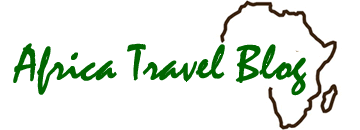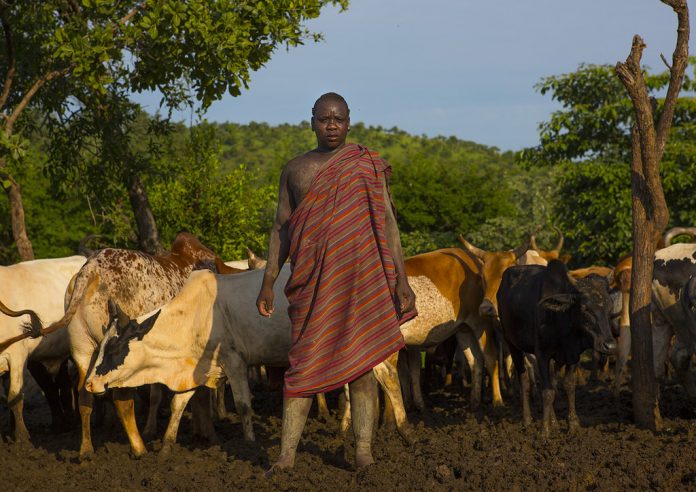The Mursi are commonly known as Murzu. They are a wandering cattle herder cultural group. They are sited in the region of Debub Omo in the Southern Nations, Nationalities, and People’s Region (SNNPR) in Ethiopia. It is situated very near to the Sudanese boundary. As stated in the national census of the year 2007, there are around 7,500 Mursi in all, out of which hardly 448 dwell in city areas .92.25% of the total Mursi population live in the Southern Nations, Nationalities, and People’s Region (SNNPR).
Location
The home of the Mursi is enclosed by mountains situated in the region of the River Omo and its various branches. Mago is the major residing area of the Mursi. It is one of the majority isolated areas of the nations. Their neighbors consists of the Banna, the Aari, the Bodi, the Kwegu, the Kara, the Me’en as well as the Nyangatom and also the Suri. They are clustered as one with the Me’en as well as the Suri by the Ethiopian administration beneath the title Surma.
Language
The Mursi have their personal language, also known as Mursi, which is off the record as one of the major “Surmic” languages; it is personally connected (over 80% cognate) to Me’en as well as Suri, and also with the Kwegu. As stated in the national census of the year 1997, there were around 3,163 citizens who were recognized as Mursi in the region of SNNPR. Around 3,158 use Mursi as their initial language, while 31 use it as their second speech.
As stated by the analytical volume of the national census taken in the year 1994, where Mursi was counted with Me’en, it was found that 89.7% of the total population were speaking only one language that was Mursi, and the other different languages which were used were Bench (spoken by 4.2% of the total population), Amharic (3.5% the administrator language of Ethiopia, as well as Kafa (spoken by the 1.1% of the total population).
Two most significant orthographies that belonged to the Mursi language exist even today one is written by the use of “Amharic abiguda” while the second is written in a Latin-based characters. The orthography which was based on Amharic was expanded by the associates of the messenger association who were helping in the Mission, who have toiled among the Mursi at the region of Maki since the year 1987. The orthography which was based on latin was expanded by Moges Yigezu, who was working at Addis Ababa University.
Religion and Culture
The Mursi populace’s religion is known as Animism, even though about 15% of the total populations are Christians. The census of the year 1994 stated that 97% of the total Mursi inhabitants were uneducated. The Mursi females are well-known for wearisome plates in their subordinate lips. These lip discs were created by the use of clay. Girls are pricked at the small age some where around 15 or 16. Same kind of body embellishments are worn by the Suyá populace, which is a Brazilian ethnic group.
Omo National Park
The African Parks Foundation as well as the government park bureaucrats are pointed the finger at of pressurizing Mursi into benevolent up their property surrounded by the limitations of the Omo National Park exclusive of recompense. The credentials are being used to decriminalize the borders of the park, which African Parks has purchased.
A grouping known as the “Native Solutions to Conservation Refugees” says that the credentials will declare the Mursi as the ‘illegal squatters’ on their personal property and that a analogous providence is taking place with the Suri Cruz, as well as the Dizi, Me’en, and also the Nyangatom tribes, who as well dwell surrounded by the park. Subsequent to the African Parks Foundation purchase of the Nechisar National Park, the Mursi from there were thrown out and around 463 homes were put on fire in the year 2005 on November 25.
The Mursi inhabitants have acknowledged their land a neighborhood protection region since of July, 2008.





